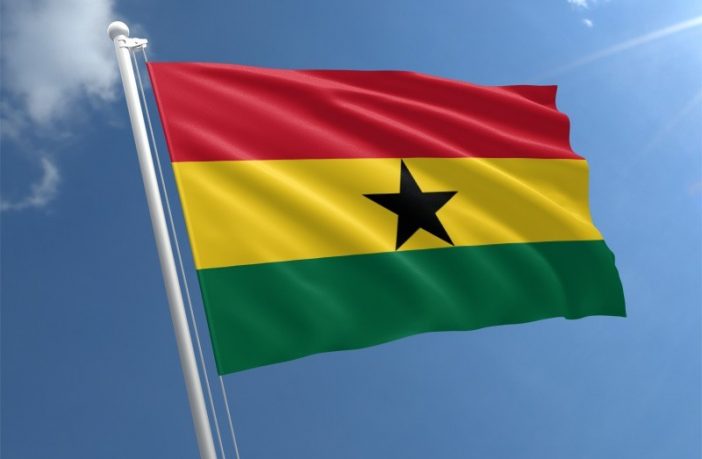- Ghana becomes the ninth Africa Trade Insurance Agency (ATI) Member State to sign the Regional Liquidity Support Facility (RLSF) MoU.
- Ghana’s onboarding of RLSF will lead to significant progress in de-risking renewable energy projects, which should spur additional investments from project developers and lenders owing to the improved risk profile of the projects.
- RLSF is a joint initiative of ATI, the KfW Development Bank and the Norwegian Agency for Development Cooperation (Norad).
In line with its mission to promote access to reliable, clean, and affordable electricity, the Government of Ghana has signed a Memorandum of Understanding (MoU) with the African Trade Insurance Agency (ATI) for the roll-out of the Regional Liquidity Support Facility (RLSF) within the country. RLSF, a joint initiative of ATI, the KfW Development Bank and the Norwegian Agency for Development Cooperation (Norad), is a financial product that is designed to address the short-term liquidity risks faced by small and medium-sized Independent Power Producers (IPPs) that sell electricity to state-owned power utilities – improving bankability and helping such projects reach financial close.
Related news: Nuclear firmly in Ghana’s energy mix
The signing of the MoU has come at an opportune time when the demand for energy in Ghana is increasing by 10% per year, coupled with the country’s focus on expanding the contribution of renewable energy sources to the country’s energy mix. Thanks to the MoU, IPPs in Ghana will benefit from RLSF, which was created to help tackle climate change and attract investments by supporting renewable energy projects in ATI’s member countries and protect the IPPs against the risk of delayed payments by public off-takers.
Ghana has one of Africa’s highest electricity access rates at 86.63 per cent, with 74 per cent of rural residents and 95 per cent of urban residents connected to the electricity grid. Ghana also exports excess power to the neighbouring Benin, Burkina Faso and Togo. Additionally, the country, which currently has a total installed capacity of over 5,300 MW – aspires to industrialize, modernize its agriculture, and provide economic opportunities for its growing population. However, one of the key constraints to this vision is access to reliable and cost-efficient electric power and the sector’s current financial deficit. RLSF will therefore be available to relieve the financial burden of the national utility, the Electricity Company of Ghana (ECG), which is often asked to provide collateral for similar liquidity instruments under power purchase agreements.
Ghana is the ninth ATI Member State to have signed the RLSF MoU – joining Benin, Burundi, Côte d’Ivoire, Madagascar, Malawi, Togo, Uganda and Zambia.
Author: Bryan Groenendaal
Source: ATI

















